Many dog owners have seen their dog scoot along the floor with their back legs in the air and dragging their bum along. This common occurrence in dogs is most often caused by anal gland problems but it can also be caused by inflammation or infection around the anus. Your Vet can quickly diagnose the problem by looking at the perineal area and checking the anal glands. Anal gland problems are quite common with about 12% of dogs having an anal gland problem during their lifetime.
What are anal glands?
Anal glands are two small, oval-shaped fluid filled sacs within the muscle of the anal sphincter that sit just inside your dog’s rectum on either side of the anus at about the 4 and 8 o’clock positions. Both glands have a tiny opening that isn’t easily visible along the anal mucosal junction. They produce an unpleasant oily substance that people find very offensive! However, it is thought that this normal secretion is for dogs to communicate with each other because it leaves personal biochemical information for other dogs in the faeces and in the environment. This is why dogs tend to smell other dogs faeces and their bum area.
When passing a normal firm motion the anal glands are squeezed and the secretion is expressed into faeces. If dogs do not have normal motions then the two anal glands are not expressed and this can lead to anal gland problems such as impaction where the enlarged anal glands cause irritation and need to be manually expressed.
Causes of anal gland problems
Impaction is the most common cause of anal gland problems. The glands are not expressed and so they become full, swollen and irritated. This leads to the dog scooting along the floor trying to express their anal glands. Your Vet will manually express the glands and this leads to a quick resolution of the problem.
Infection of the anal glands is quite common and is usually caused by a bacterial infection where the glands become full of pus and blood. Expression and a course of antibiotics will usually cure the infection. However, sometimes the dog will need to be sedated and the anal glands expressed, flushed and then infused with antibiotics.
Abscess formation in the anal glands happens when an anal infection has not been noticed and treated. They can happen fairly quickly with the owner only noticing a problem when their dog scoots and the abscess has ruptured. I treat these cases with antibiotics and anti-inflammatory medication because the glands tend to be thickened and painful. Most cases respond to this treatment but if they don’t then again we sedate the dog to express, flush the glands and then infuse antibiotics into the glands.
Cancer of the anal glands is rare but when it does occur it is usually a malignant adenocarcinoma. Calcium in the blood rises so when a dog has elevated blood Calcium, Vets also check for cancer. Surgery is the treatment of choice if the cancer has not spread and it is operable.
Other contributing causes to anal gland problems can include obesity where there is insufficient muscle tone and excess fatty tissue, skin allergies, skin infections, food allergies, environmental allergies and diarrhoea.
Clinical signs of anal gland problems include
Scooting along the floor
Licking the anal area
Swelling of the anal glands
Redness of the anal area
A fishy smell from the anus
Pus or blood around the anus
How to and when to express your dog’s anal glands.
In my opinion only a Vet or a veterinary nurse should express dogs anal glands because they will insert a lubricated gloved finger into the anus to fully express the anal glands. Lay people expressing anal glands from the outside may well not fully express the glands. Routine anal gland expression without any clinical signs of anal gland disease should not be performed because it may lead to trauma and inflammation of the anal glands. This can interfere with their ability to function naturally making impactions and infections more likely.
Preventative measures.
If there is systemic inflammation that is causing inflammation of the anal glands then this needs to be identified and treated. I always look for skin and food allergies with dogs that have recurrent anal gland problems. The best way to rule out a food allergy that is causing inflammation of the gut and skin is to feed a raw food diet of a protein source that your dog has not been fed before for 2 weeks. Then try another one for 2 weeks. A raw food diet also helps to firm up the motion, thus helping to naturally express the anal glands. Kibble and tinned dog food are very high in carbohydrates that can lead to systemic inflammation.
Supplements that can help prevent anal gland problems include Omega 3 supplements for dogs because they are anti-inflammatory and they help the skin. Fibre supplements for dogs help to bulk up the motion, slippery elm, bentonite clay that mops up intestinal toxins and absorbs water, thus helping to bulk up the motion.
Chronic diarrhoea can lead to anal gland problems because the loose motion does not naturally express the anal glands. Your Vet will investigate the many causes of chronic diarrhoea in dogs.
Finally, obese dogs need to lose weight. Kibble and tinned food are very high in carbohydrates that can lead to obesity and diabetes so, I always advise a raw food species specific diet and increased exercise as a weight loss program for dogs.
Dr Paul Boland BVSc MRCVS
JP Holistic Nutrition
https://www.jpholisticnutrition.com





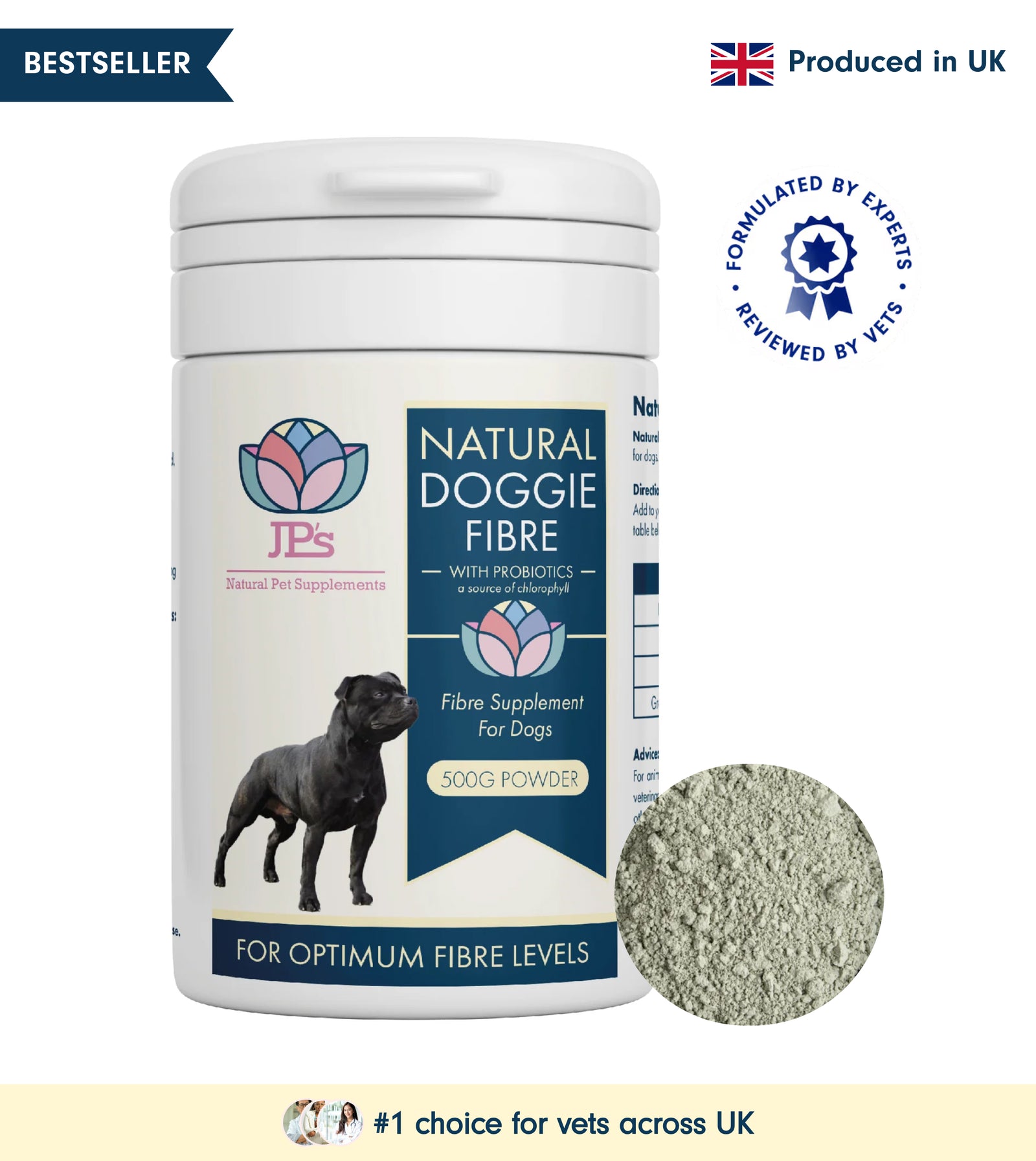
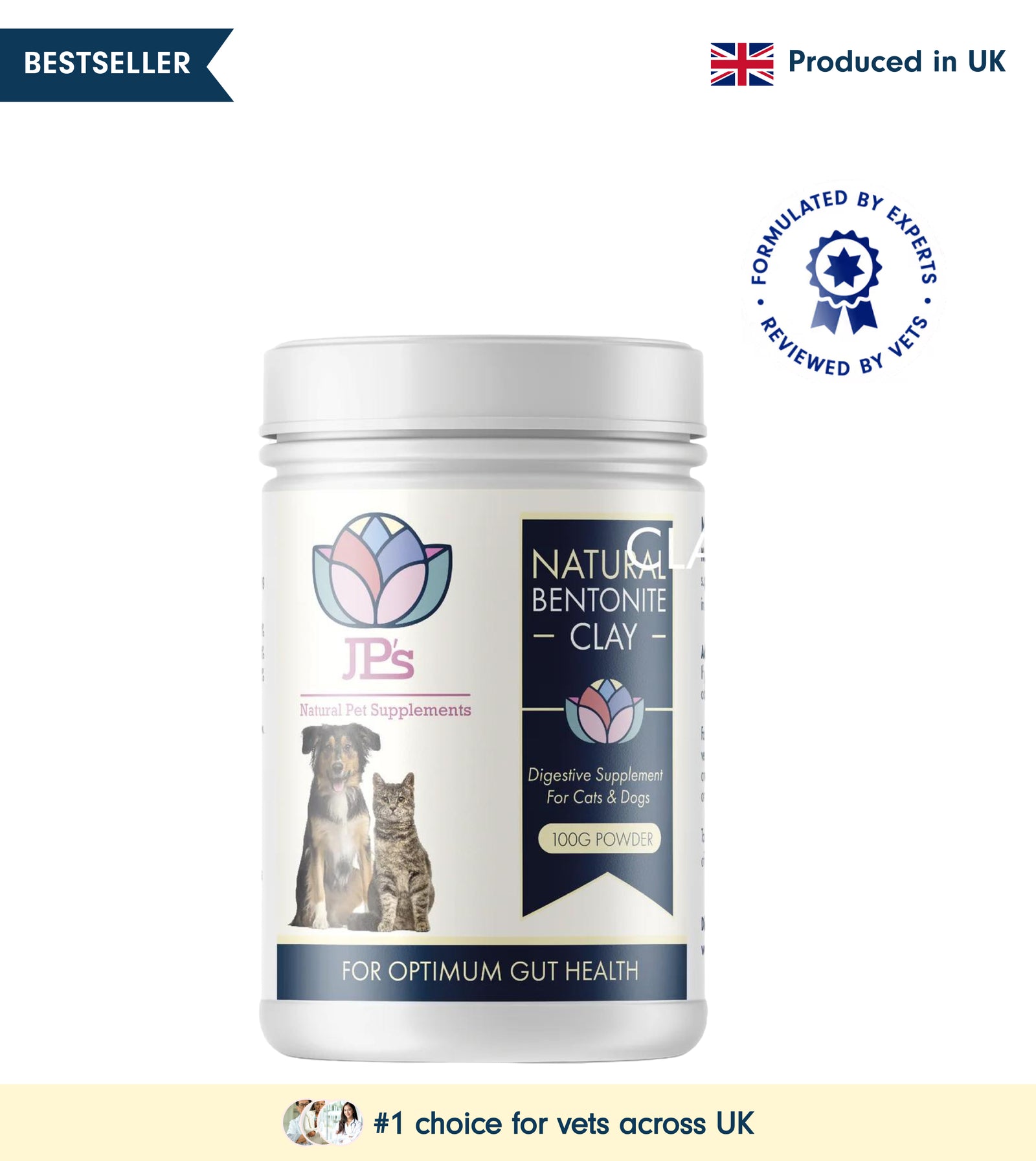
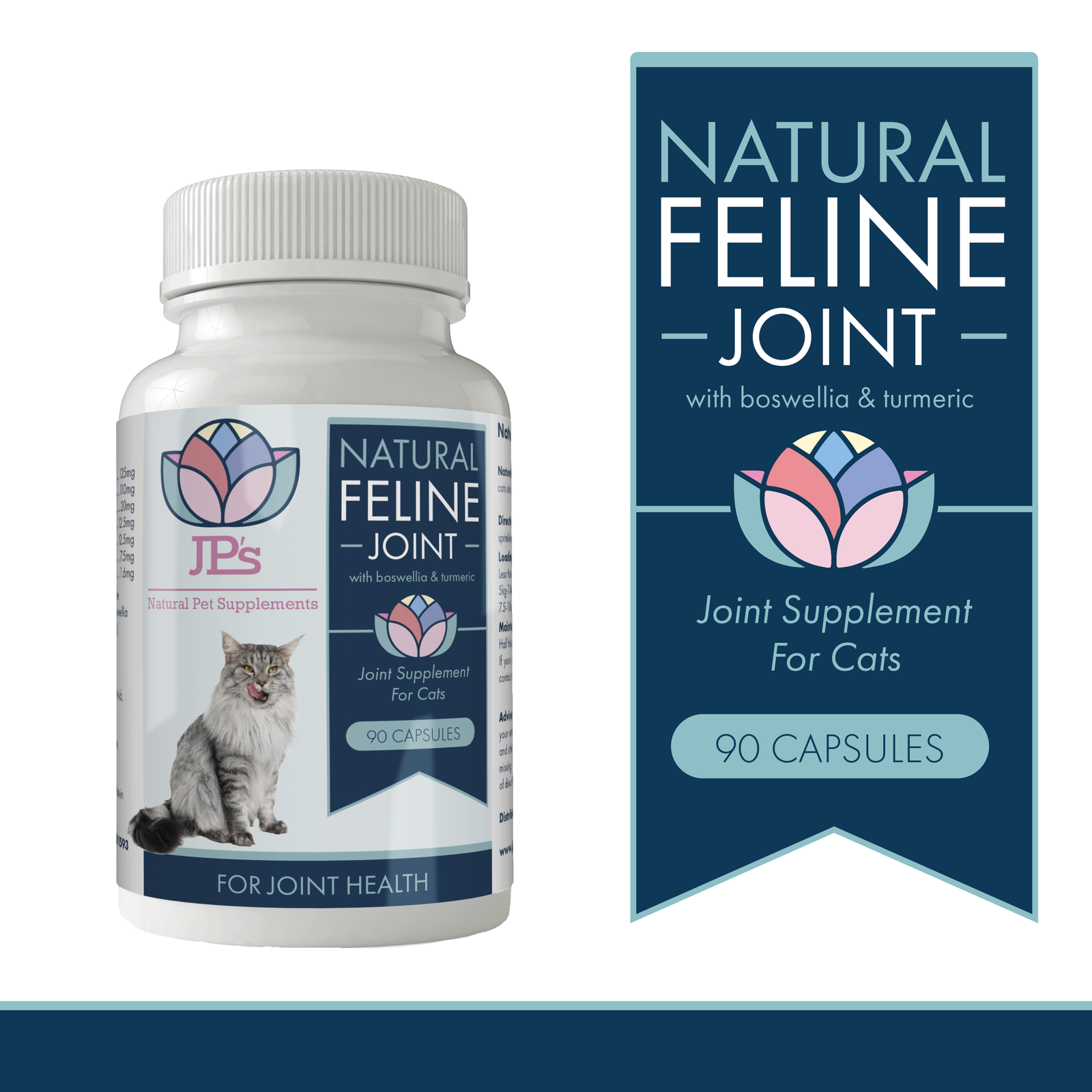
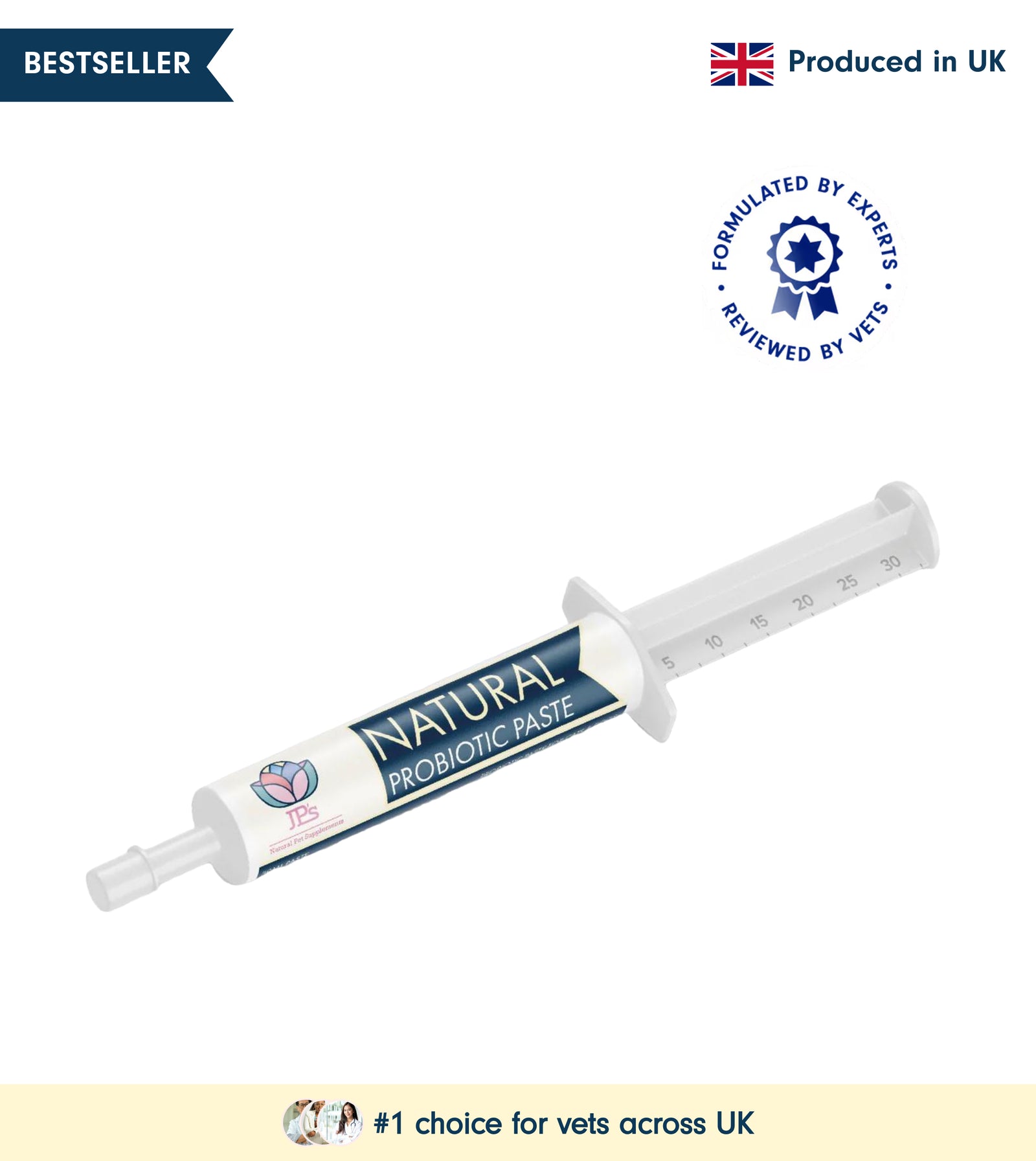
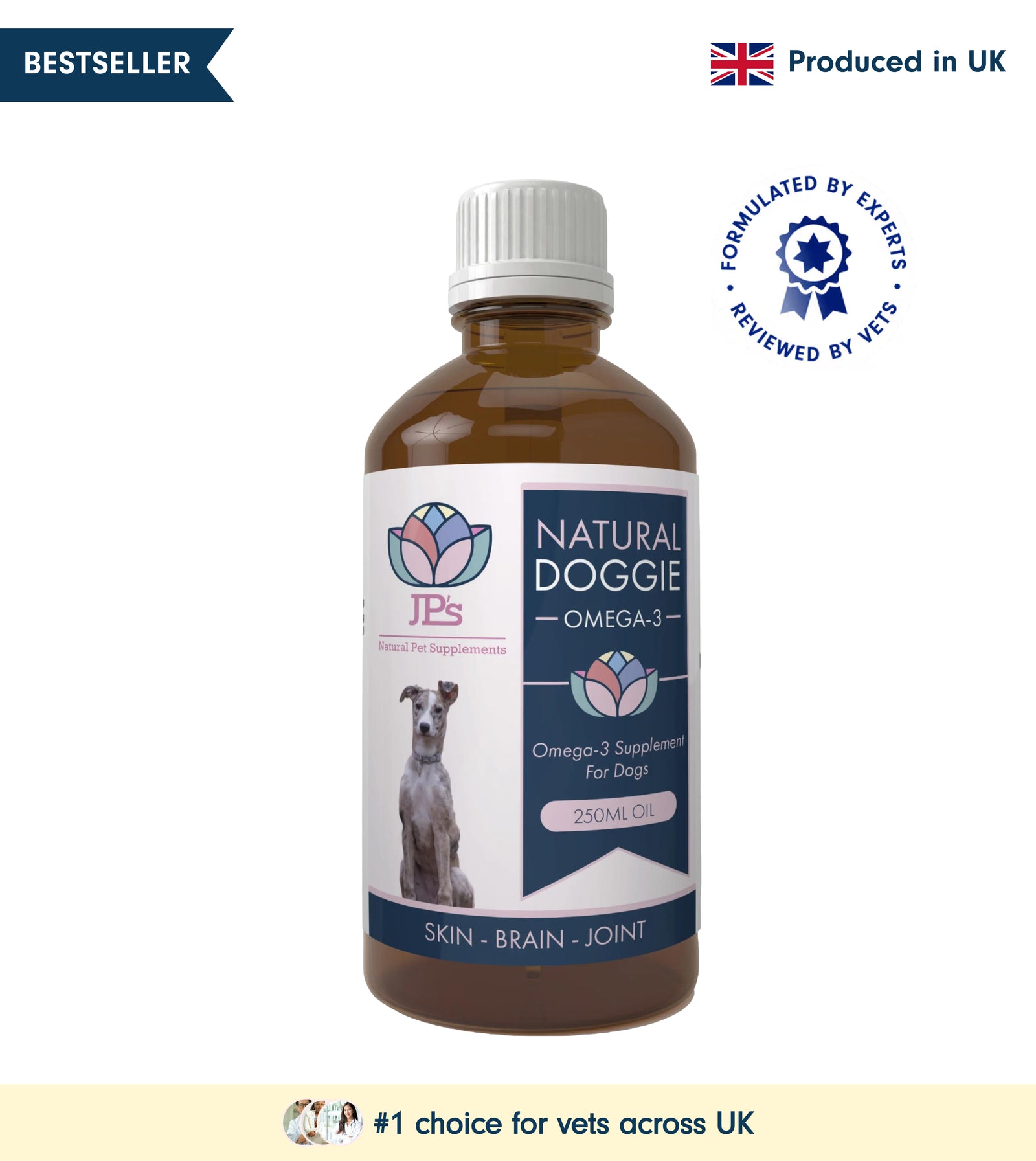
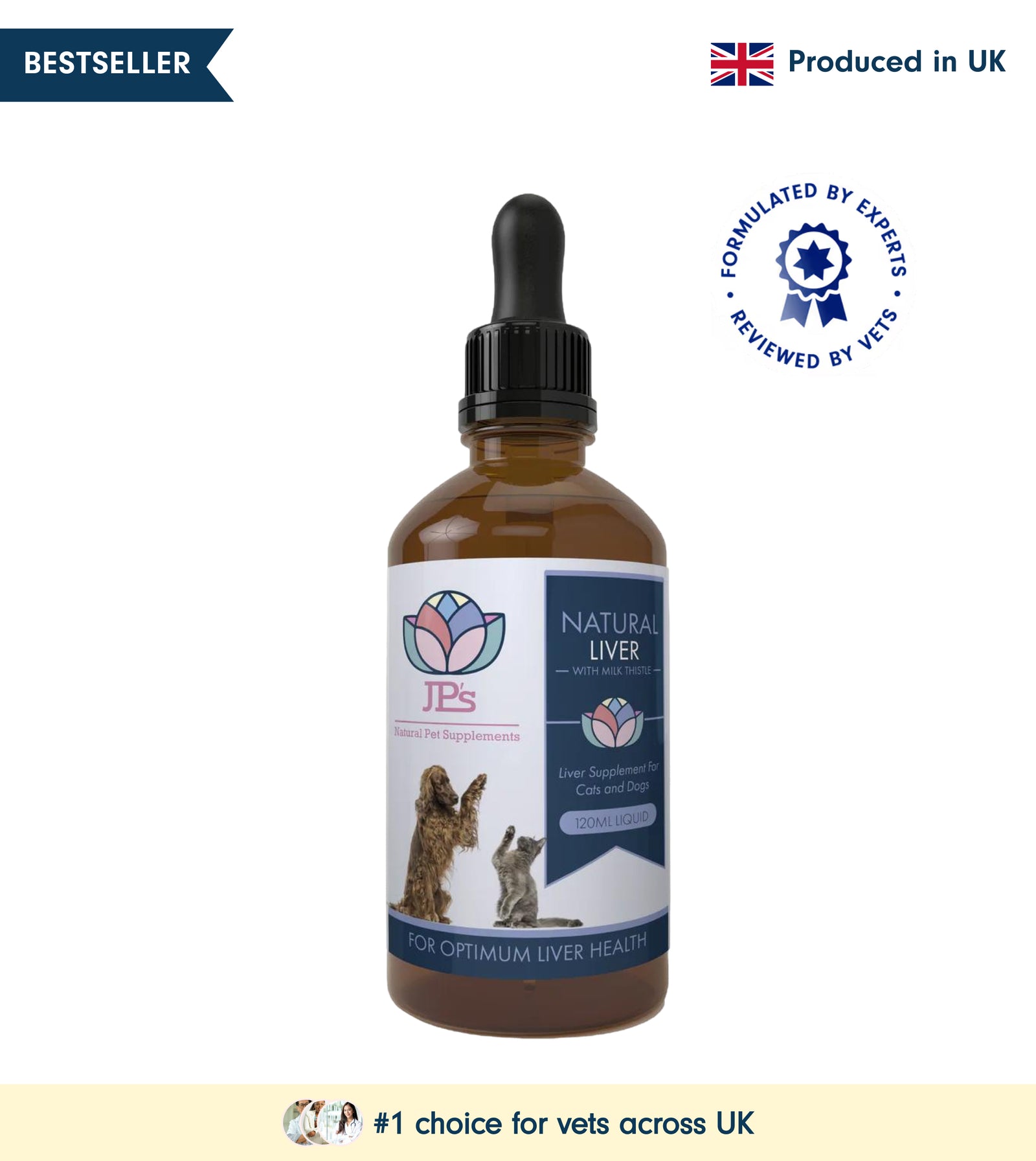
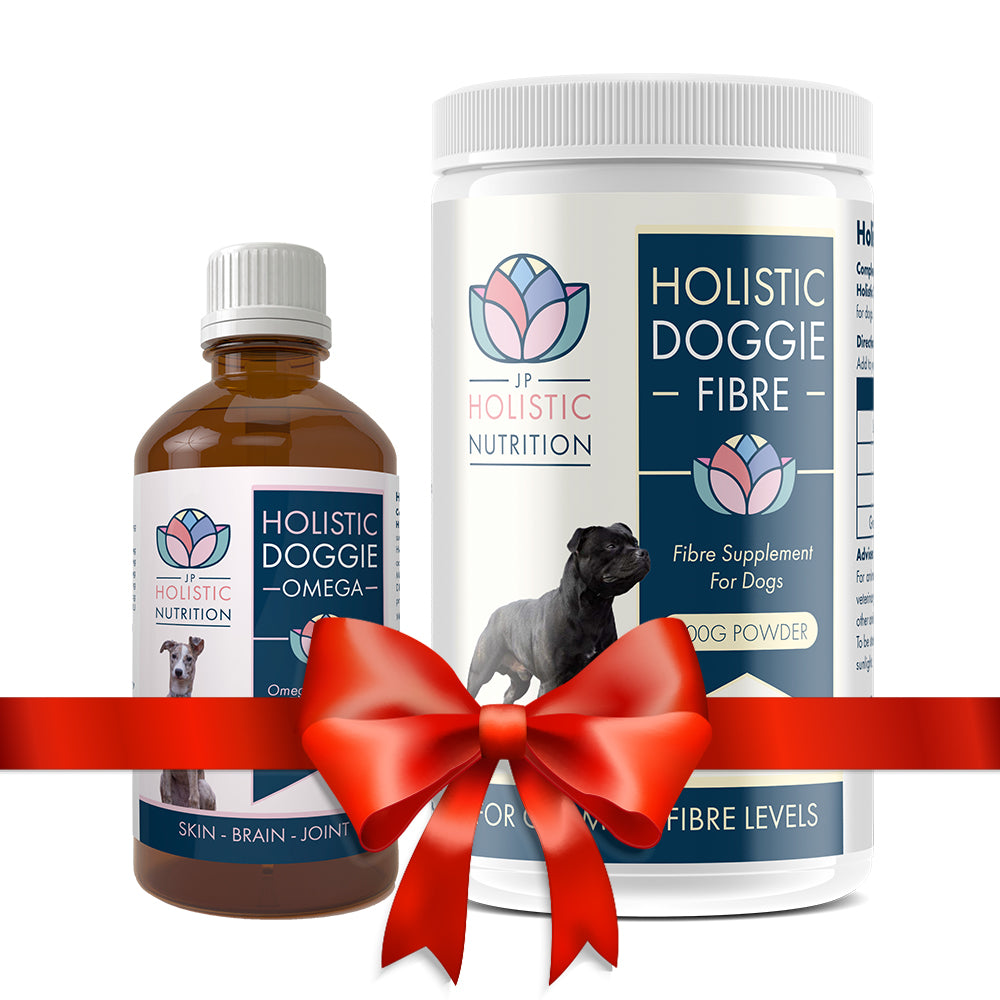
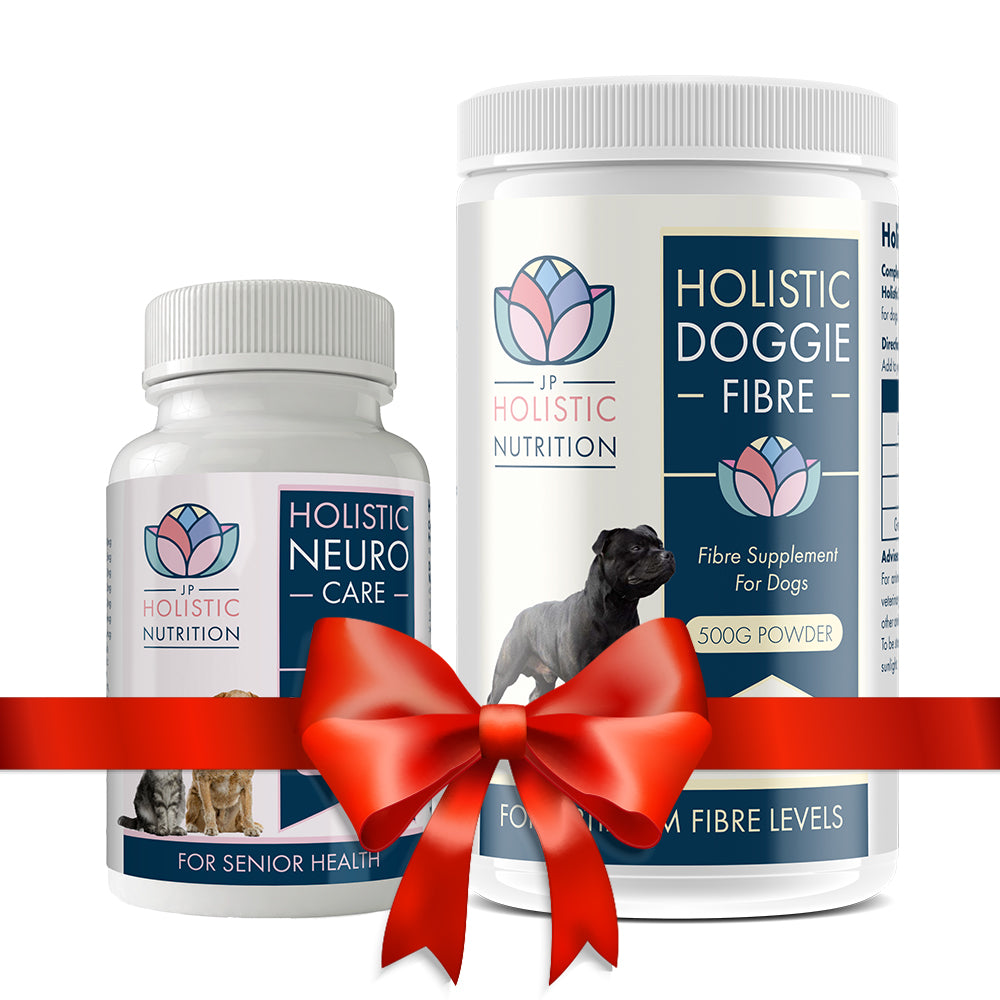
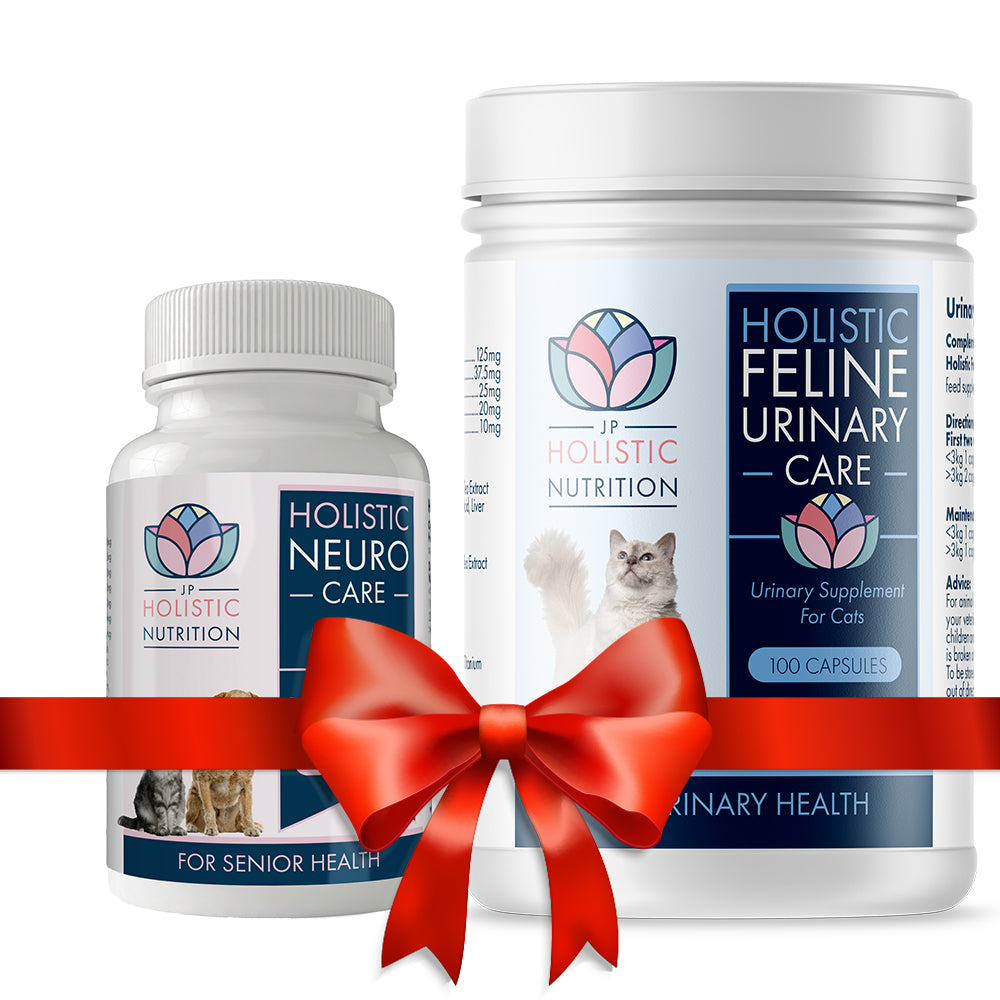
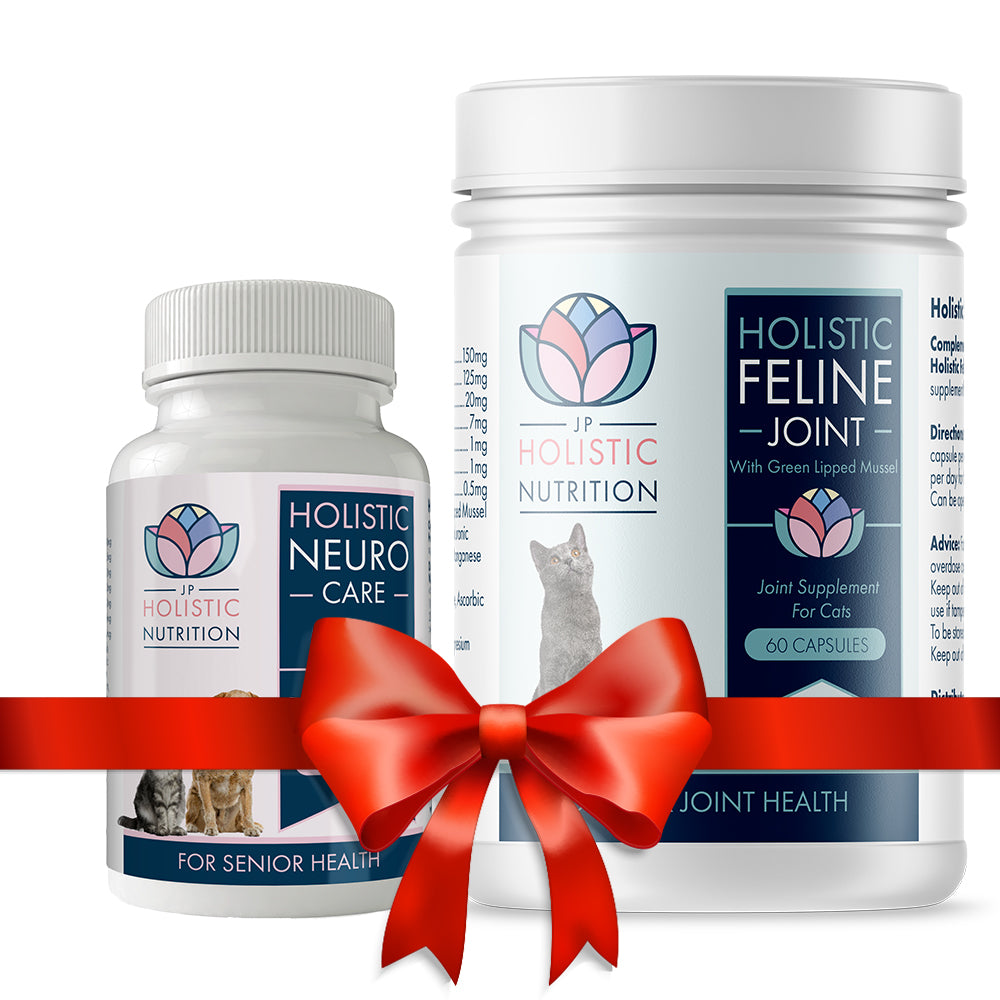




Leave a comment (all fields required)